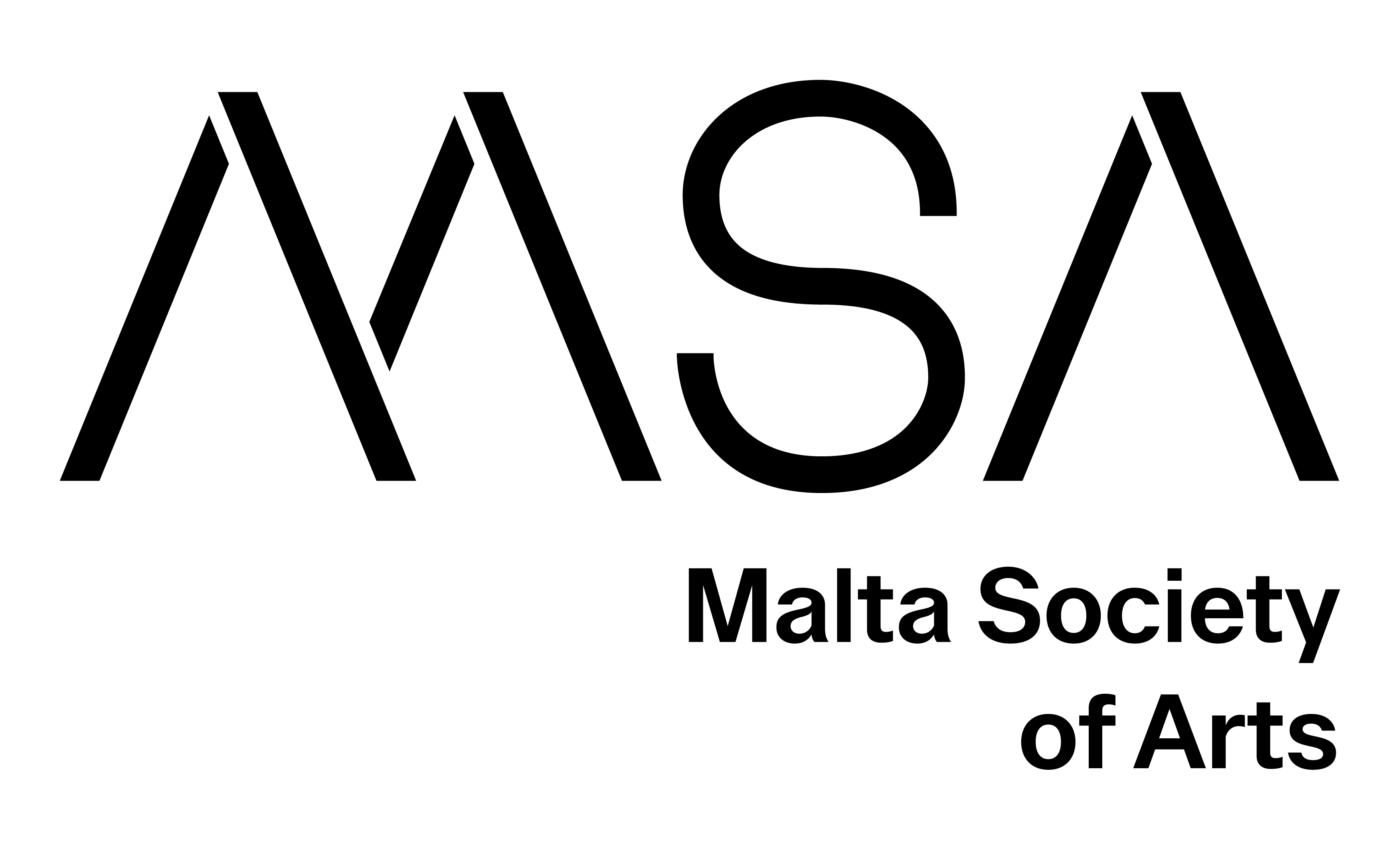The idea of the Anthropocene as a geological phenomenon is objective: “human actions, perceived in a very aggregated way, acquire the weight of a geological agent”. Under the idea of the Anthropocene, researchers, politicians, artists and other human agents debate the human modifying power of the environment. Understanding human action upon the Earth requires more than observing physical phenomena, but also cultural, historical, social and philosophical aspects surrounding the experience and actions of human beings in their relations with our own and other species. The Anthropocene can be considered as both a geological and cultural concept, scholars from various fields are focusing on the subject from the perspective of each of their disciplines, and this debate presents an opportunity to explore forms of interdisciplinary collaboration and overcome the segregated view between nature and culture that characterises the Western world. Even when we discuss who is the Anthropos in Anthropocene, we are mostly looking from a human point of view into human History. But the concept can also give us a common point to observe our place within a more than human society, through the eyes of hard sciences, humanities and arts. Although the construction of the concept spans three centuries, as the central object of thematic exhibitions, it emerged in the second decade of the 21st century, with an important contribution from artists and art museums in the spread of the word. In this paper, we will reflect on the place given to animals in museum exhibitions about the Anthropocene, analysing artistic works that imagine dystopian animals. We discuss the role of museums and artists in the facilitation and recognition of the relationship between humans and non-human living beings. If we are facing a sixth great extinction, we need to better understand our place among all the natural elements. In this process, art can have a crucial role, leading us in building better relationships both in the social and natural spheres.
Back







